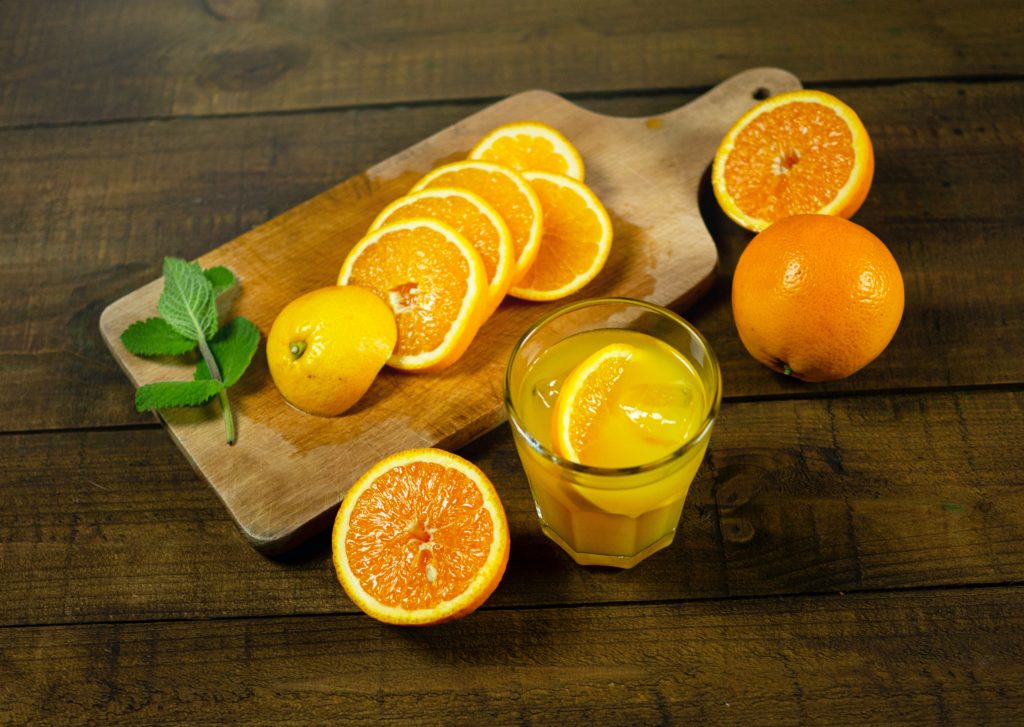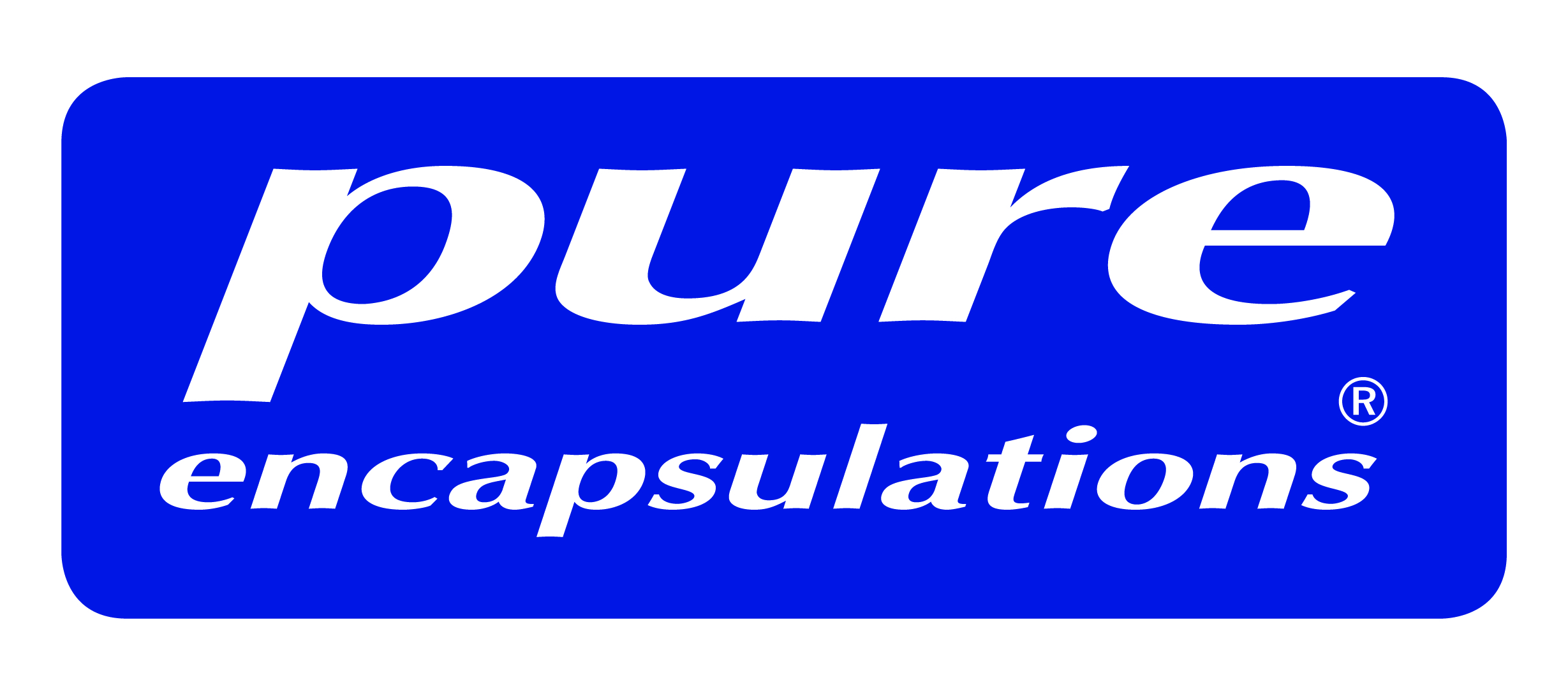From collagen formation to its function as an antioxidant and for the immune system – vitamin C (also: ascorbic acid) fulfils important tasks in our body. Here you will learn everything about individual vitamin C requirements, which functions the vitamin fulfils in the body and which foods provide you particularly well with the antioxidant.
What is Vitamin C?
The water-soluble vitamin C, also called ascorbic acid, is probably the best known of all vitamins. While humans have to ingest vitamin C with food every day, animals, with the exception of guinea pigs, bony fish and primates, manage to produce vitamin C themselves. The precursor is glucose (glucose), which is converted into vitamin C. The importance of vitamin C for the human body was already experienced by sailors during the Age of Exploration: tooth loss, immunodeficiency and fatigue were the consequences of the months-long, one-sided diet with cured meat and ship’s rusks. There were no fresh fruits and vegetables on board. However, it was only through investigations at the beginning of the 20th century that the evidence intensified that it was precisely in these foods that an essential factor against the sailor disease, scurvy, was found. In the 1920s, Albert von Szent-Györgyi Nagyrápolt and Sylvester Zilva succeeded in identifying and isolating ascorbic acid (= vitamin C).
Did you know that …
- Smokers have a 40% higher need for vitamin C.1
- Absorption of vitamin C through certain foods can be reduced.
- Vitamin C content in food is highly dependent on storage and processing.
Vitamin C – Function and Tasks
Vitamin C is a true all-rounder and fulfils a variety of functions and tasks in the body.
Radical Scavenger Vitamin C
As a valuable antioxidant, vitamin C is able to intercept free radicals before they can damage our cells. Vitamin C works closely with other antioxidants, such as vitamin E, and can help the body save it.

Vitamin C & Immune System
The antioxidant properties of vitamin C are particularly important with seasonal changes: Vitamin C actively supports our innate immune system and helps to ward off invaders and pathogens. When our immune system runs at full speed and renders pathogens harmless, many free radicals are formed.4 This “oxidative stress” in turn can have a negative effect on immune function. Vitamin C is of central importance for a functioning immune system.
Vitamin C & Iron Metabolism
The special properties of vitamin C are also important in iron metabolism, because it supports the absorption of iron. Thus, iron absorption can increase by a factor of 4 in the presence of vitamin C.2 The reason for this is that vitamin C can reduce so-called trivalent iron, as it is mainly found in plant foods, to divalent iron. The body then finds it much easier to absorb.
Collagen Formation & Vitamin C
Vitamin C is also involved in collagen formation in organs and tissues. This is important so that bones, skin and teeth are sufficiently supplied and functional. Vitamin C is a co-factor of the enzymes that spin collagen from the individual building blocks into long threads.
Vitamin C Requirements
Precisely because our body needs vitamin C (ascorbic acid) on a daily basis, but cannot produce it itself, it is all the more important to consume enough of it. This is especially true in the colder season, when our immune system has a lot to do. In Austria, Germany and Switzerland, dietary societies recommend a daily vitamin C intake of an average of 100 mg for adults (105 mg men, 95 mg women).3 In the case of children and adolescents, only about half of that is recommended. Pregnant, breastfeeding women, and those over 60 years old, on the other hand, have a higher need. You are advised to take 150 – 200 mg daily. In addition, it is assumed that the vitamin C turnover in smokers is about 40% higher. The reason for this is the higher metabolic losses resulting from the increased exposure to free radicals. In fact, lower vitamin C concentrations are measured in the blood of smokers than in non-smokers. Smokers should therefore consume at least 150-200 mg of vitamin C daily from various sources, including dietary supplements, in order to be adequately supplied.

What happens if there is an excess of vitamin C?
The good news: Even if more vitamin C is taken than recommended, there is hardly too much vitamin C. Any natural excess is not absorbed by the organism or simply excreted by the body.
Vitamin C in food
Vitamin C cannot be produced by the human organism itself and cannot be stored. This makes the daily intake through food all the more important. Where is there a lot of vitamin C in it? Foods with a high vitamin C content include above all fresh, if possible, unpeeled fruits and vegetables. The following foods are particularly good sources of vitamin C:
- Paprika
- Currants
- Citrus fruits
- Spinach
- Various types of cabbage such as broccoli or Brussels sprouts
- Rosehips
- Acerola cherry
Vitamin C Content
Unfortunately, vitamin C is one of the most sensitive micronutrients. Even with foods that are particularly rich in vitamin C, storage and processing are decisive for the vitamin C content. Leafy greens are thought to lose about 10% of vitamin C daily during storage. Tuber vegetables, such as potatoes, are slightly more robust, but still lose about half of their original vitamin C content per month of storage. But the good news is: Blanching and then freezing vegetables (ex: broccoli) can counteract the reduction of vitamin C content, which is why frozen vegetables are also preferable to canned vegetables.
Tips for a better supply of vitamin C
- Vitamin C is a sensitive micronutrient. But with these tips, it is possible to make better use of the potential of vitamin C content in food.
- Consume with peel: In plant foods, a large part of the vitamin C is in the shell or directly underneath
- Only wash briefly and avoid storage in water: Vitamin C is water-soluble and is washed out quickly.
- Cooking with the shell: Vitamin C is very sensitive to light, heat, oxygen and other oxidants. Even with the use of 80°C hot water, for example, up to 60% of the vitamin C of potatoes and Co. can escape into the cooking water.
- Consume fresh: Light, oxygen and other oxidants have a negative effect on the content of vitamin C in food. Therefore: Do not store for too long!

Vitamin C: Verifiable Science
Vitamin C offers a wide range of support for the human body acting as one of the most potent dietary antioxidants and providing nutritional support.5 Vitamin C may provide protection from reactive oxygen species released as part of a normal immune response. It maintains healthy mast cell function and supports lymphocyte formation.6-8 It also supports the body’s defence system by enhancing white blood cell function and activity, and promoting interferon levels, antibody responses and secretion of thymic hormones.9-11
Dr. Rebecca Göngrich is a molecular biologist with a creative streak. Rebecca lives out her interests every day by writing texts, creating lectures and advising customers.
+The views expressed in this article are those of the authors. They do not reflect the opinions or views of Pure Encapsulations®.
1 Schectman G, Byrd JC, Gruchow HW. The influence of smoking on vitamin C status in adults. Am J Public Health. 1989 Feb;79(2):158-62. doi: 10.2105/ajph.79.2.158. PMID: 2913833; PMCID: PMC1349925.
2 Ems T, St Lucia K, Huecker MR. Biochemistry, Iron Absorption. [Updated 2022 Apr 21]. In: StatPearls [Internet]. Treasure Island (FL): StatPearls Publishing; 2022 Jan. https://www.ncbi.nlm.nih.gov/books/NBK448204/
3 German Society for Nutrition; D-A-CH reference values for nutrient intake; German Society for Nutrition e. V. 2021 https://www.dge.de/wissenschaft/referenzwerte/vitamin-c/? L=0 (accessed on 12.11.2021)
4 Carr A, Frei B. Am J Clin Nutr .1999;69:1086?07.
5 Romero SA, et al. Exp Physiol. 2015 Apr 1;100(4):435-49.
6 Johnston CS, Solomon RE, Corte C. J Am Coll Nutr. 1996 Dec;15(6):586-91.
7 Lenton KJ, et al. Am J Clin Nutr. 2003 Jan;77(1):189-95.
8 Sasazuki S, et al. Eur J Clin Nutr. 2006 Jan;60(1):9-17.
9 Wintergerst ES, Maggini S, Hornig DH. Ann Nutr Metab. 2006;50(2):85-94.
10 Wintergerst ES, Maggini S, Hornig DH. Ann Nutr Metab. 2006;50(2):85-94.Johnston CS, Barkyoumb GM, Schumacher SS. Nutrients. 2014 Jul 9;6(7):2572-83

